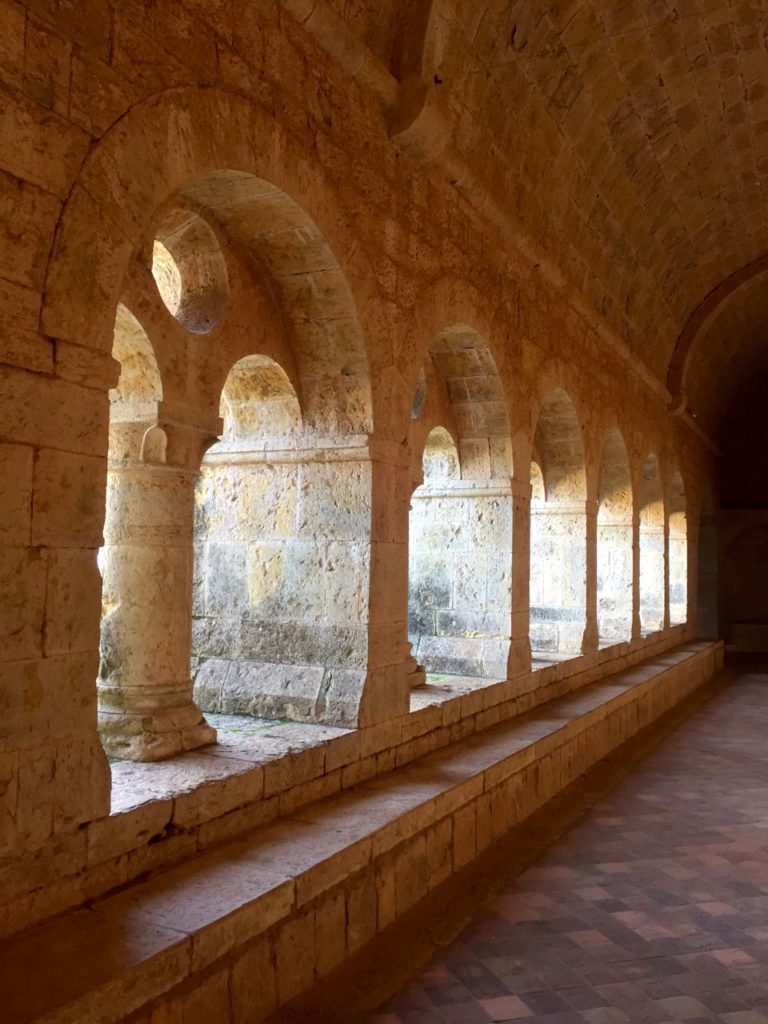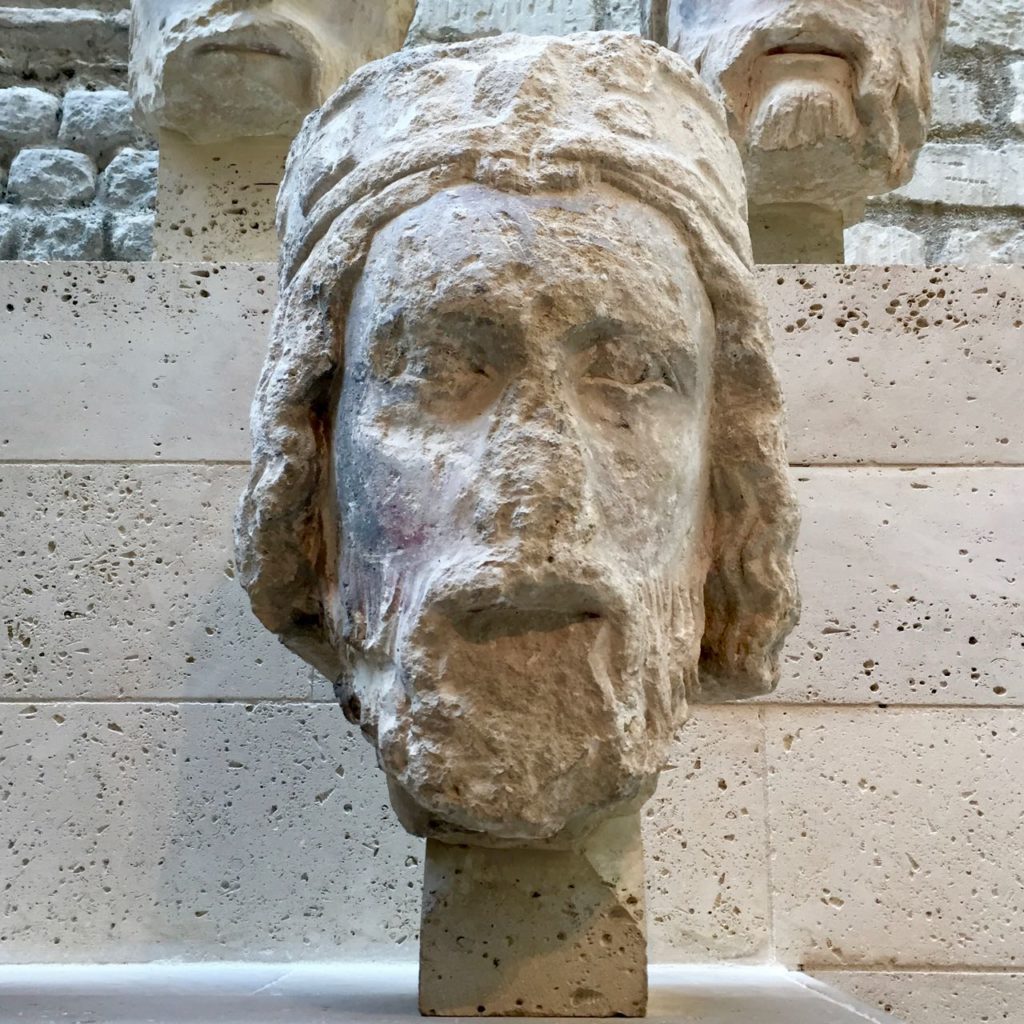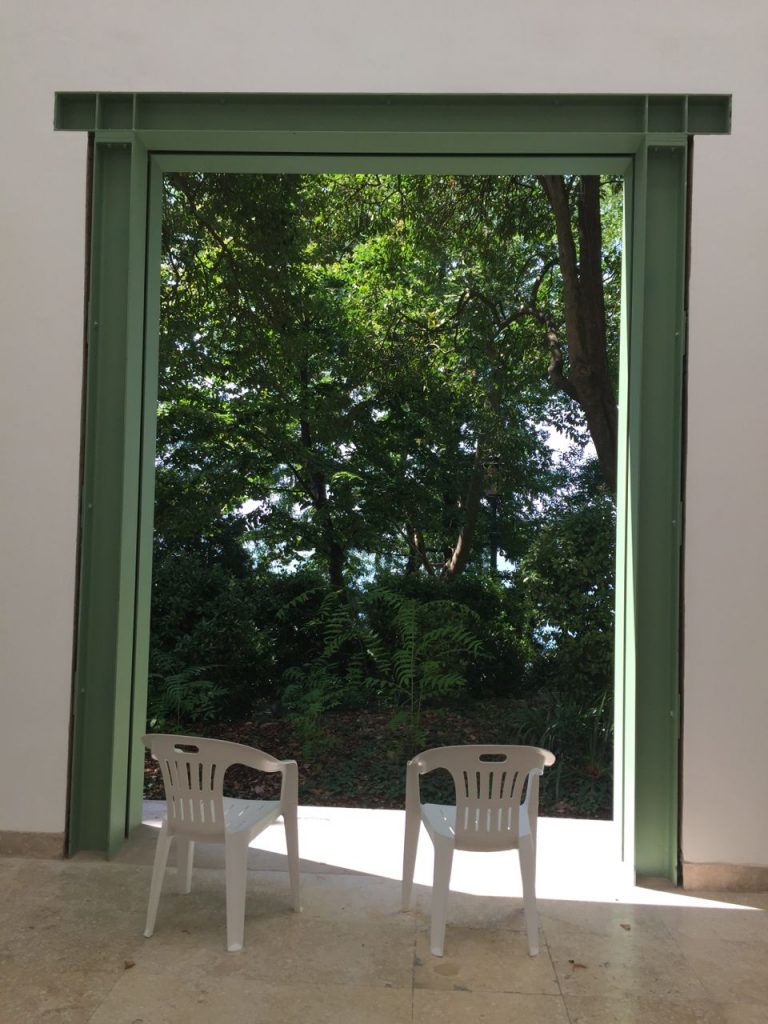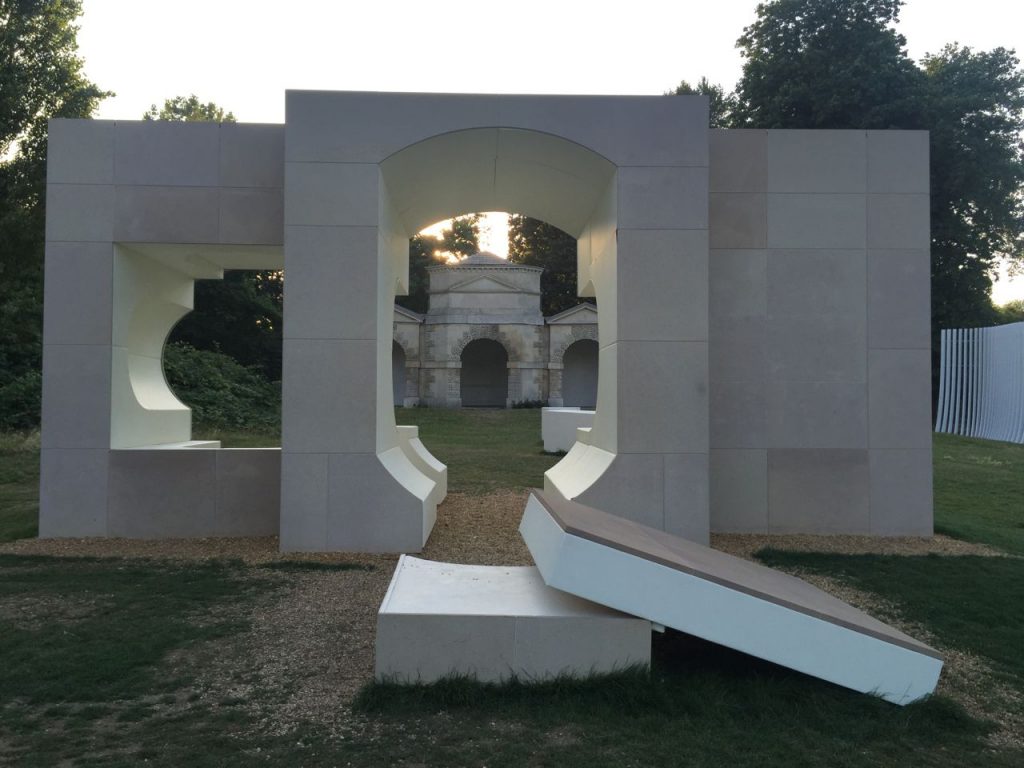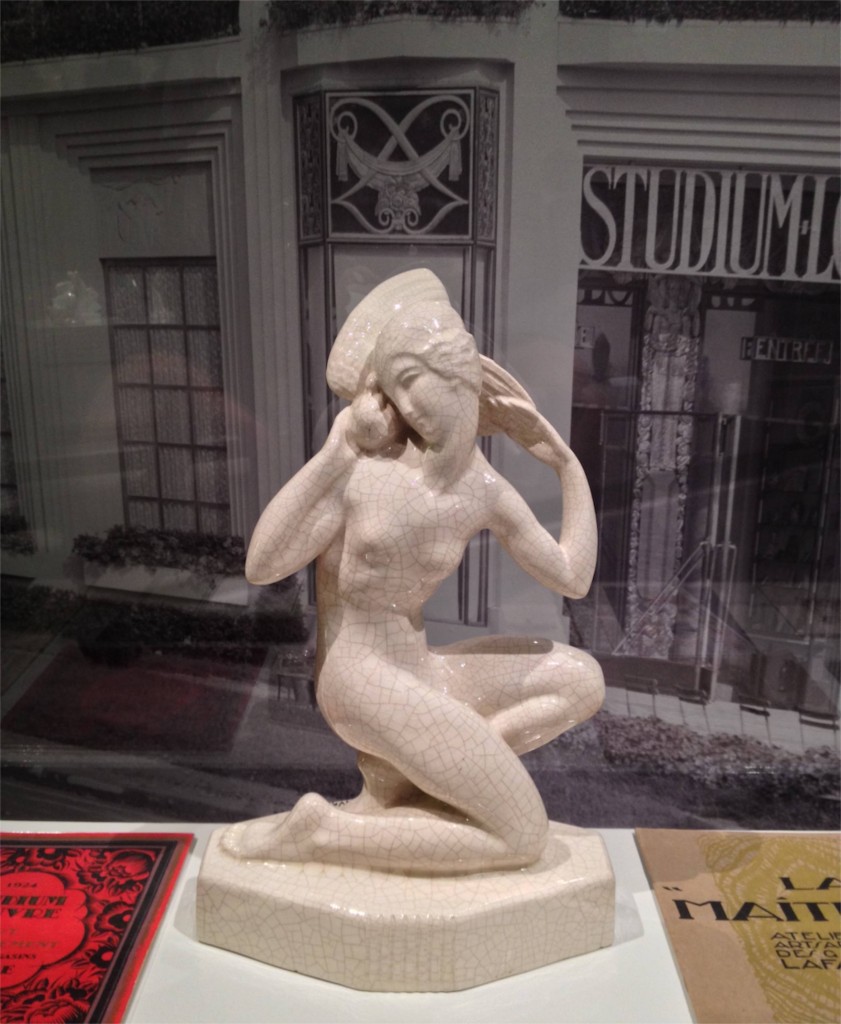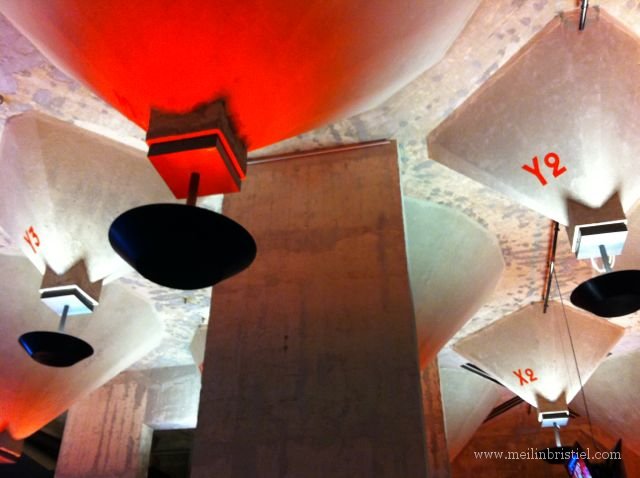Abbaye du Thoronet
The « jewel » of Cistercian abbeys. Built between 1160 and 1230, Le Thoronet Abbey, together with Silvacane and Sénanque, is one of three Cistercian abbeys in Provence. In danger of falling into disrepair after the French Revolution, restoration work began on this masterpiece in 1841. An example for contemporary architecture. Generations of architects were inspired by the […]
